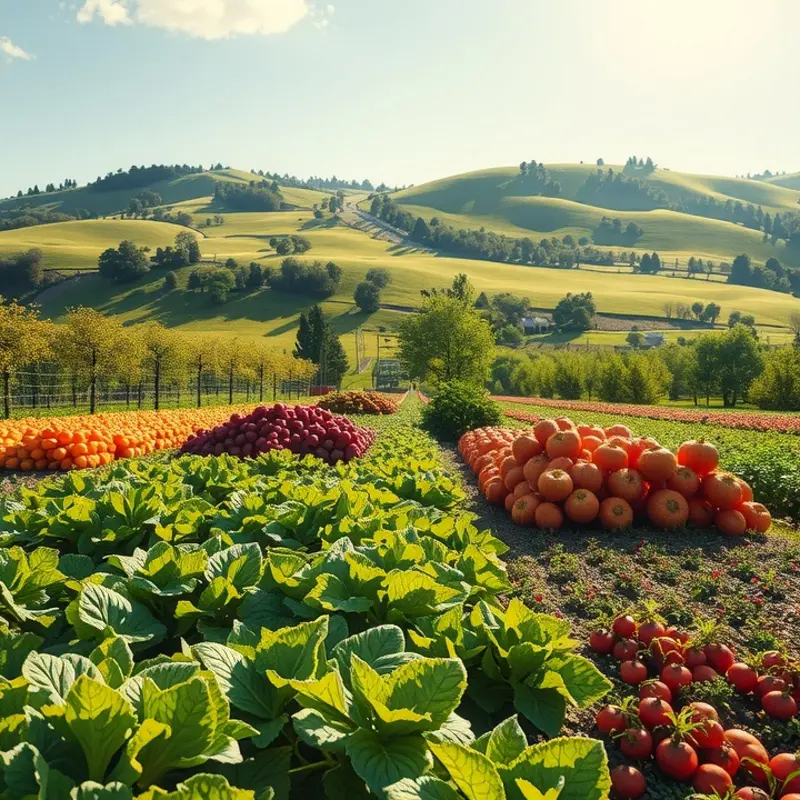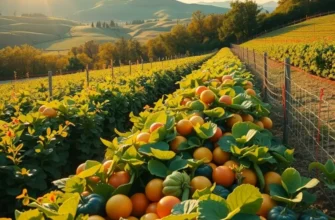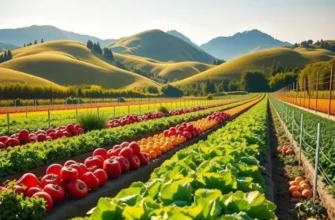In a world where food choices matter more than ever, selecting sustainable condiments can significantly impact both our health and the planet. Condiments often add those delightful finishing touches to our meals, yet they can contribute heavily to environmental issues through packaging and ingredients. By choosing eco-friendly options, you can enhance your culinary experience while minimizing your ecological footprint. This guide empowers environmentally-conscious individuals to make informed decisions about condiments that align with their values.
Recognizing Sustainable Ingredients

Navigating the world of eco-friendly condiments involves a keen understanding of sustainable ingredients. The key to conscientious consumption lies in recognizing labels and sourcing methods that support environmental balance. One effective approach is examining whether ingredients are organic. Organic farming practices typically avoid synthetic fertilizers and pesticides. By doing so, they promote soil health and biodiversity, contributing positively to ecosystem resilience.
Another critical aspect is sourcing ingredients locally. Local sourcing reduces the carbon footprint by minimizing transportation emissions. It supports regional economies, encouraging sustainable agricultural practices close to home. Additionally, buying local often means fresher products, enriching flavors and nutritional content in your condiments.
Fair-trade ingredients carry immense importance in the industry of sustainable condiments. The fair-trade label indicates fair compensation for workers, emphasizing ethical labor practices and community development. This practice often extends to environmental stewardship and responsible land management, ensuring that the entire production chain contributes positively to sustainability goals.
Understanding sustainable ingredients also involves learning about the intricate relationships between these practices and broader environmental impacts. Organic, local, and fair-trade elements together form a powerful trio in reducing your carbon footprint. Each choice is a vote for more sustainable production systems.
For those eager to deepen their knowledge, exploring additional culinary influences can further broaden understanding. Exploring global cuisine and food culture can illuminate how trade and local practices shape ingredient availability and farming practices.
Finally, becoming proficient in recognizing and choosing sustainable ingredients empowers consumers to make impactful decisions. By integrating these choices into daily consumption, you can transform meals into more environmentally friendly experiences, aligning taste with responsibility. Being aware of these elements enriches not only the food we prepare but also the health of our planet.
Choosing Packaging That Alleviates Waste

When making choices about condiments, the packaging can significantly impact the earth. Plastic, ubiquitous and convenient, harbors significant environmental drawbacks, not least because of its persistence and toxicity.
Plastics can take hundreds of years to decompose. During this time, they fracture into microplastics, which wreak havoc on marine life when they filter into our oceans. This pollution doesn’t remain in the sea; it eventually enters the food chain, affecting us all. By opting for condiments with eco-friendly packaging, consumers can play a role in reducing this environmental assault.
One practical alternative is glass. Glass is infinitely recyclable, meaning it can be reconstituted repeatedly without loss of quality or purity. By prioritizing products in glass jars, you assist in minimizing waste, supporting recycling programs, and reducing the burden on landfills. Though the initial production of glass consumes more energy than plastics, its recyclability offsets the resource usage over time.
Moreover, glass acts as an excellent barrier against environmental contaminants, preserving freshness and flavor without leaching chemicals. This superior food preservation leads to decreased waste from spoiled condiments, aligning with broader waste reduction strategies advocated in low-waste cooking preparation.
Another burgeoning packaging option is biodegradable materials. These materials, crafted from sources like cornstarch, break down within weeks rather than centuries. Selecting condiments packaged in biodegradable films and containers helps ensure fewer synthetic materials accumulate in our ecosystems.
Compostable packaging, a subset of biodegradable materials, offers an extra sustainable alternative. These materials decompose under composting conditions, returning nutrients back to the soil. By supporting companies that use such packaging, you not only reduce waste but also promote soil health and carbon sequestration.
Legislation plays a role too. Many regions are enacting bans or taxes on single-use plastics, encouraging manufacturers to explore sustainable options. As conscious consumers, your purchasing power can accelerate this shift. When demand for eco-friendly options increases, innovation and infrastructure to support these choices are likely to follow.
When selecting condiments, scrutinize the packaging labels. Look for certifications or terms like ‘recyclable,’ ‘compostable,’ or ‘biodegradable.’ Be mindful of the types of recycling available in your locale since not all materials are processed the same way everywhere. Research local composting facilities to make full use of compostable materials.
Embrace these options and transform your kitchen into a haven for sustainable living. While convenient design frequently prompts us to choose what’s easiest, questioning and adjusting these choices can yield significant benefits. As sustainable practices become integrated into daily life, we each contribute to a more balanced and waste-lean future. This integration of eco-conscious consumption not only enhances meal experiences but also aligns our eating habits with a more sustainable lifestyle.
Final words
Making sustainable choices in condiments isn’t just about flavor—it embodies a commitment to our health and the health of the planet. By prioritizing organic ingredients and opting for eco-friendly packaging, you are taking significant steps towards reducing your environmental impact. As you make these conscious choices, remember that each small action contributes to a larger movement towards sustainability. Celebrate your decisions, explore local markets for sustainable options, and inspire others to join in. Embrace the harmony of flavor and eco-friendliness in your kitchen.








